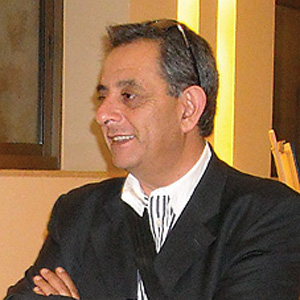During the last days of December 2019, Israeli archaeologists found a hoard of Islamic coins that included rare specimens of golden dinars minted by the Aghlabid dynasty that ruled North Africa in the region of modern Tunisia. Another specimen was issued by Caliph Haroun Al-Rashid (786-809 AD), the ruler entertained by Shehrazade in the famous One Thousand and One Nights. The antiquities authorities date the coins to the ninth century AD, the early Abbasid period, named after the caliphate that had its capital in Baghdad. This treasure was found in a town that today is called Yavneh, located 20 kilometers south of Jaffa. Yavneh was inhabited as early as the Middle Bronze Age (2,200–1,570 BC) and has witnessed the entire succession of occupying powers that this region has known. Usually considered a Philistine town, referred to as Jabneh in the English translation of the Bible, it was a Palestinian town before 1948, called Yibna. The inhabitants fled on May 27, 1948, after the nearby villages Al-Qubayba and Zarnuqa in the Ramle Subdistrict had been taken.
The reasons why this part of the world has been inhabited for millennia are manifold and may include that it is part of the Fertile Crescent, has a temperate climate, and has been considered the Holy Land for centuries. The 10,000-year-old Palestinian city of Jericho boasts of being the longest continually inhabited city in the world. The peoples who have lived on or temporarily ruled this land are way too many to be listed in this short column, but dig anywhere and you’ll find remains of the numerous Canaanite peoples, the Phoenicians, Philistines, Hebrews, Greeks, Romans, Umayyads, Abbasids, Ottomans – and in a century or two, future generations will certainly find the remains of other races and nationalities.
I read today a very interesting article by anthropologist Ali Qleibo about the subterranean, 5,000-year-old Semitic Edomite city of Beit Jibrin that was carved into rocks and matches in grandeur the Nabatean City of Petra. The city comprises over five hundred caves that include pagan temples dedicated to the Canaanite deity Ashtar and is listed on UNESCO’s list of World Human Heritage (more on that in later issues this year). After reading Dr. Qleibo’s article, I sent him a text message saying that paradoxically, our challenge as Palestinians today is that we must prove to the world that we are part of this human lineage and that it constitutes our cultural patrimony.
As wonderful and pleasurable it is to learn about the human history of our region, I feel compelled to spoil the enjoyment by connecting it with the calamity of the Israeli-Palestinian conflict. I feel the need to reiterate what many Palestinian scholars, including the late Edward Said, have stated: It is not right nor fair for any one people that has lived on this land for a certain period of time to claim exclusive sovereignty over its entirety. It is not right nor fair to deny the rights of existence to those who never left, tilled the land, and fed every occupier over the past centuries, even millennia. Irrespective of what language these people spoke a few thousand years ago and what religion they believed in, the indigenous people today call themselves Palestinians. It is their prerogative.
Long live Palestine


